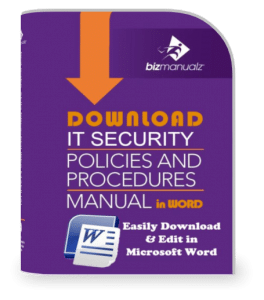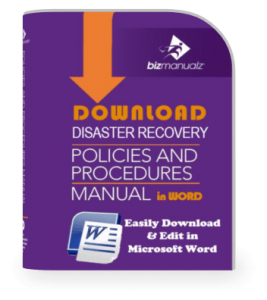How Do Businesses Protect Data from a Data Breach?

Advancements in technology have improved how organizations go about their daily businesses. Technology has made things a lot faster with maximum efficiency. Undoubtedly, that’s good news. However, on the other side of the coin, technology has its unique challenges — cybersecurity. How do businesses protect data from a data breach?
How to Prevent a Data Breach in Your Business
In an ideal world, the technology ecosystem should function without deliberate attempts to destabilize it. But of course, our world is far from perfect.
Malicious actors are continuously devising means of compromising networks – a data breach. According to Accenture, there has been a 67% and 11% increase in security breaches since 2014 and 2018 respectively.
A data breach is the most dreadful problem facing the tech world. Let’s discuss the security best practices that will help you ward off cybercriminals and prevent anything that would tamper with your network’s integrity.
1. Train Employee
Employees are the most vulnerable target. Most data breaches don’t happen without the involvement of a human agent. This is why staff training employees is crucial.
No matter the type of security software you use, you must continuously train your employees to prevent a data breach from their end. Most times, hackers take advantage of social engineering and phishing to make humans take actions that help them gain entry into a network.
2. Keep All Software Updated
Hackers exploit security loopholes in outdated software. In order not to aid criminals in accessing your ecosystem, make sure you update every software you are using. In the same way, get rid of applications you are no longer using. Hackers scour the internet for known software vulnerabilities.
3. Control User Access
In your organization, everyone shouldn’t have access to sensitive files. There should be an information security policy that dictates who has access to what. It would be nice to have highly trained and trustworthy officials to handle sensitive data.
4. Implement Password Best Practices
Significant cases of data breaches are traceable to compromised passwords. There are tools and techniques hackers use to crack passwords. With such tools, even strong passwords can be compromised.
This calls for strict measures. To be safe, use at least a two-layer login procedure. The most popular is two-factor authentication – codes and biometrics.
5. Invest in Security Software
Security programs – antivirus, anti-malware, and firewalls – don’t work in isolation. That’s why I presented other best practices before talking about buying software.
They do a great job, but human interaction is paramount. With good research, you will be able to find a trustworthy security firm. But always remember that a security application does not negate other points in this article.
6. Consult Security Experts
As much as you would like to figure things out on your own, there is a need to have an expert evaluate your business and provide professional security insights. In fact, contracting a security firm to help you institute all-round security best practices is the ideal thing to do.
7. Use a VPN
A virtual private network (VPN) provides a secure and confidential connection to the internet. Each time you use a public network, others can access your connection on the same network.
That changes with a virtual private network, which protects the data you share over public networks. Using a VPN ensures you create a secure connection and cut off prying eyes.
You can prevent data breaches in your business by instituting standard security best practices and using VPN services. NordVPN is a reliable VPN provider you can use to maintain the integrity of your networks.
It’s the best out there, with 5500 servers in 59 countries worldwide. If you don’t have the means to form a brand VPN provider, you can invest a little bit of time to research and figure out how you can turn a Raspberry Pi 4 into your very own virtual private network server.
8. Backup Files Regularly
Instituting a strict backup policy is critical for a quick recovery. You should backup your files as frequently as possible with some sort of cloud solution for business. Make sure you have at least three copies of your files — an on-premise copy, a document in another physical location, and a copy in the cloud.
9. Institute a Disaster Recovery Policy
In as much as we are trying to prevent data breaches, we should be ready for the worst. You can outsource this to a Managed Service Provider.
It’s a plan that stipulates the practical ways to restore a backup and maintain workflow after a major cyber-attack or disaster. Any organization that lacks a disaster recovery plan is not sure of its continuity — a major attack can get rid of all they have built.
Prevent a Data Breaches and Protect Your Business Data
As a business owner, it’s your responsibility to prevent data breaches to protect data in your organization. Knowing what causes a security breach is helpful in prevention planning.
Even though hackers are relentlessly innovating and coming up with new ways of wreaking havoc, security companies are always many steps ahead of them. Experts have been able to find ways of outsmarting criminals.
There are proven security best practices data protection tips you can embrace to avoid being a victim of a data breach. Giving attention to these standard security procedures will surely save you the pain of losing precious data. They are simple steps but overlooked by many businesses.
















Leave a Reply